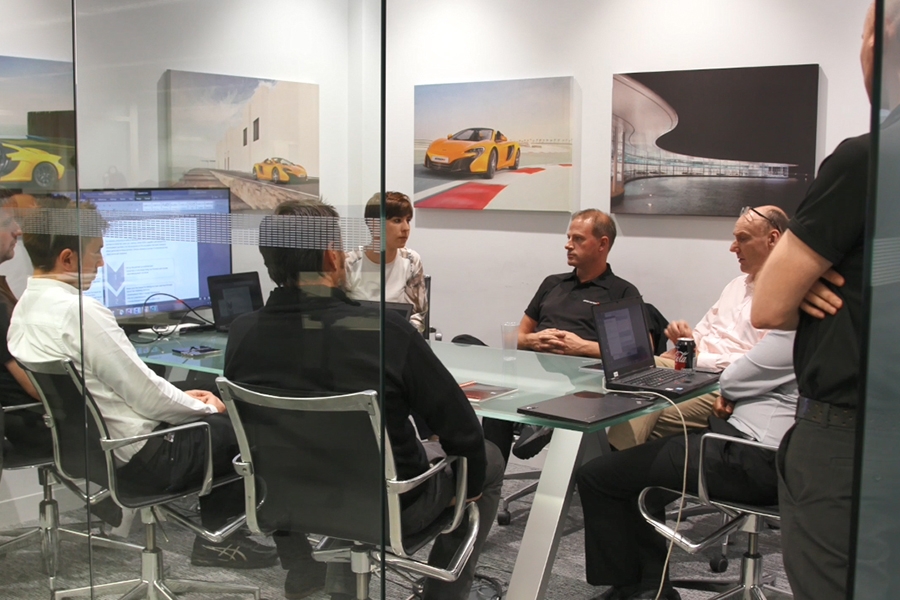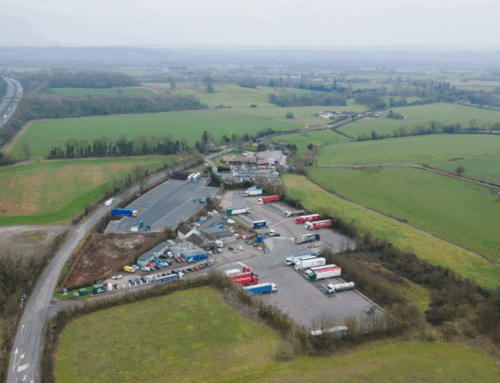A water tight policy is nothing without day-to-day adherence. Ensuring this adherence can become a real burden; a cycle of enforcement and consequence. This can result in a negative experience for everyone involved, but it doesn’t have to be like that.
Like building a house, you’ve got to do the ground work first, a solid foundation avoids problems later. The foundation for compliance to policy is culture. This is not rocket science, it is super easy to do, but you must mean it. Just going through the motions could do more damage than good.
The first step to preparing the culture is to understand what prompted the project in the first place. Has there been a serious incident, have costs got out of control, has the operation been negatively impacted by damaged vehicles being off the road? There will always be a reason, it may be as simple as a desire to be compliant.
Once you know why the business wants to make improvements, you need to understand the reality of driving for work at your company. Ask your people what needs to change and why. Ask as many people as you can and make sure you touch all levels; Leadership, Managers and Workforce. Simply investigate the following:
- What are their daily pressures or annoyances?
- What risks do they knowingly take to achieve their work goals?
- What is their perception of Leadership / Management / Workforce attitudes towards driving for work at your company?
- What would they change?
So long as you have listened well, and cared about the responses you have received, you will now have the landscape of the current driving culture mapped out. You will also have started to build trust with the people and gained a really good idea about what is important to them. This gives you the tools to lay the foundations on which to build.
Now, you are in a position to set about developing new ways of working. Keeping key personnel in each of the Leadership, Management and Workforce levels involved will not only ensure policies are fit for real world application, but also maintain trust throughout the change process.
My preferred approach is to work directly with the workforce with approval from their direct management, the workforce are best for the reality of day-to-day application of policy. Next I run draft concepts past management level, Management are best for understanding the wider business impact on the proposed change. The final draft then goes to Leadership for approval and ultimate backup to give the policy the weight it needs to be taken seriously alongside other business objectives.
Whatever your approach to developing new ways of working, make sure every concern identified has been addressed, even if there is nothing that can be done about it. Failure to do this destroys trust and could undermine everything. Only now, are we ready to start implementation and driving actual change to the way your people drive for work.
Taking this holistic approach, demonstrating empathy for employees’ work-related pressures and the business’s operational and financial needs, should result in policy that is easy to follow, improvements in efficiency and reductions in incidents and related costs. Because your people have influenced and designed the policy themselves, they are empowered to follow it, reducing the need for enforcement and consequence, bringing instead what I like to call ‘natural compliance’; people doing the right thing, in the right way, for the right reasons.

This article was written by Hannah Gregory of DRIVELife





